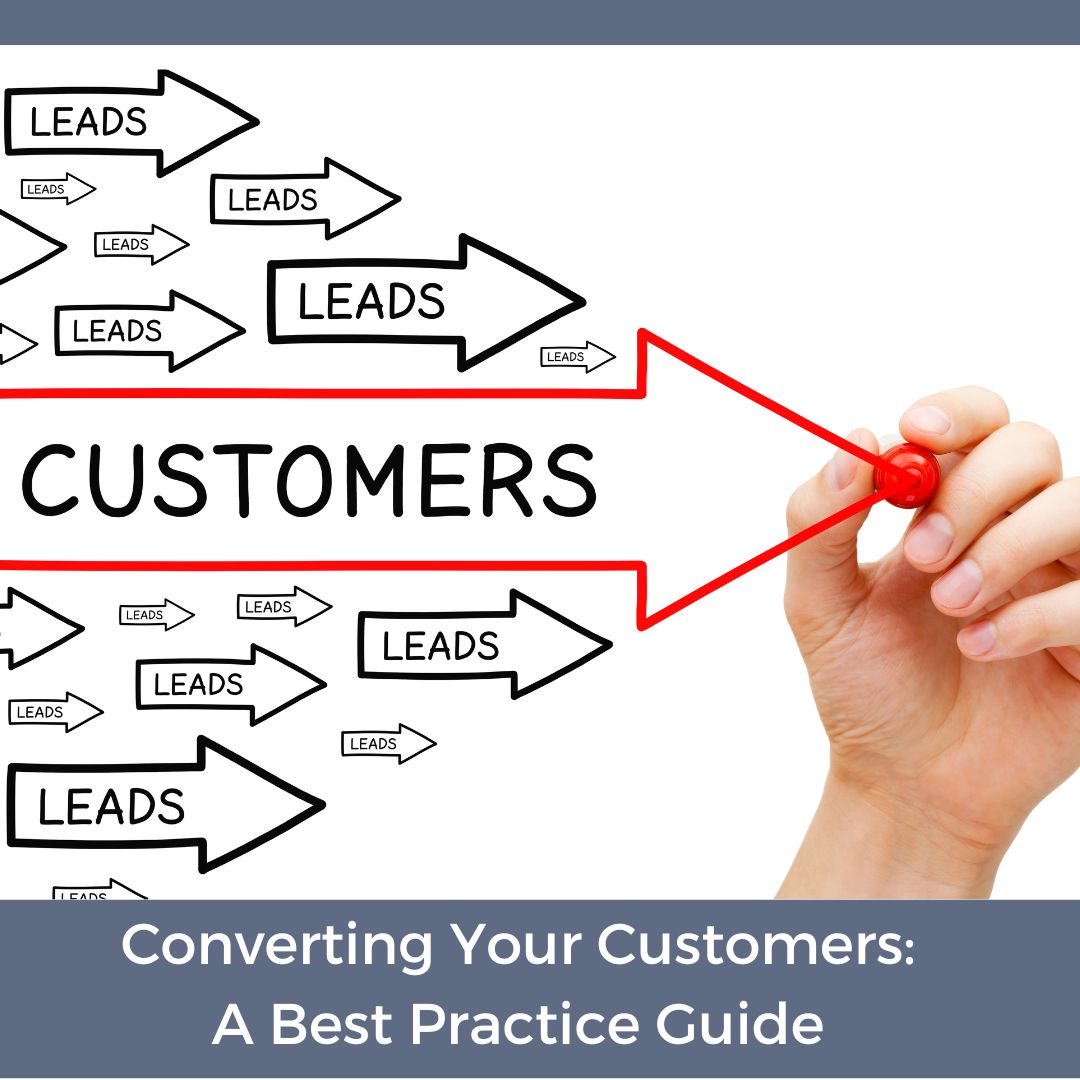Choosing Your Project Tools
There are so many management tools available today. Almost too many.
Tools to define, track and implement your projects, so it’s important to focus as you select those tools that will become critical to success.
When choosing your project tools, consider these key aspects:
- Your project’s participants
- Key priorities in managing the project
- Critical path resources
When you answer the above, you can move more rapidly toward the identification of tools needed for a successful project.
Where Are You Today?
Hurray! You’ve finalized your business goals. It’s time to execute.
To do this you’ll need tools.
Think about a recent project. What project tools did you choose or are you still using today?
Were they easy for everyone to set up, share, and use? Did they help you share information across the team and ensure everyone had what they needed at the right time?
If so, that’s great. If not you’ll want to look at where your processes failed. Making sure people have what they need is critical to success, but can often be a cumbersome and overwhelming process when you’re stuck in the details of the day-to-day operations.
Types of tasks and communications can include making sure your web people have the right logo, or that your designer has the specs from your publisher for an ad, or your social media team knows what to promote when. It may be more complex like ensuring your mobile developers have the requirements and wireframes for your new app.
Your needs vary and so it’s important to consider and prioritize them.
For small businesses, this often comes down to using an Excel spreadsheet. While this can be a robust tool for tracking and projecting, it can require a lot of maintenance and doesn’t do a great job of real-time sharing.
DOWNLOAD THE EXAMPLE FEATURE MATRIX (Excel Spreadsheet)
Others add to that task/project planning boards like Trello and/or document sharing tools like Google Drive and Dropbox. It really depends upon what you need to do.
The key to leveraging any tools adequately is in having clarity at the outset about what you’re trying to accomplish.
In the defining exercise you’ll have various things that come up. They might include requirements, milestones, asset management and possibly quality assurance to name a few.
You’ll also need to be able to assign and track work with various people or teams. So you’ll need to consider how your team is accessing and sharing information, who needs what and what aspects of your tools are most critical to execution and implementation.
Once you know what you need, do this:
- Build and prioritize your feature/function matrix
- Compare a short list of tools based on your top priorities
- Identify costs for tools
- Understand complexity of implementation and maintenance
- Choose and Go!
No one tool can do it all. There are many sites out there that rank them, each with it’s own motivations for rating. You’ll get overwhelmed if you haven’t set out priorities first.
Finally, to ensure maximum effectiveness, make sure you have someone that understands information and data management assist you as you set up your tools .
And, when you need a hand, look to the experts. We can help you navigate your way to an operational infrastructure that serves you where you are today and where you’re going.
Choosing Your Project Tools
There are so many management tools available today. Almost too many.
Tools to define, track and implement your projects, so it’s important to focus as you select those tools that will become critical to success.
When choosing your project tools, consider these key aspects:
- Your project’s participants
- Key priorities in managing the project
- Critical path resources
When you answer the above, you can move more rapidly toward the identification of tools needed for a successful project.
Where Are You Today?
Hurray! You’ve finalized your business goals. It’s time to execute.
To do this you’ll need tools.
Think about a recent project. What project tools did you choose or are you still using today?
Were they easy for everyone to set up, share, and use? Did they help you share information across the team and ensure everyone had what they needed at the right time?
If so, that’s great. If not you’ll want to look at where your processes failed. Making sure people have what they need is critical to success, but can often be a cumbersome and overwhelming process when you’re stuck in the details of the day-to-day operations.
Types of tasks and communications can include making sure your web people have the right logo, or that your designer has the specs from your publisher for an ad, or your social media team knows what to promote when. It may be more complex like ensuring your mobile developers have the requirements and wireframes for your new app.
Your needs vary and so it’s important to consider and prioritize them.
For small businesses, this often comes down to using an Excel spreadsheet. While this can be a robust tool for tracking and projecting, it can require a lot of maintenance and doesn’t do a great job of real-time sharing.
DOWNLOAD THE EXAMPLE FEATURE MATRIX (Excel Spreadsheet)
Others add to that task/project planning boards like Trello and/or document sharing tools like Google Drive and Dropbox. It really depends upon what you need to do.
The key to leveraging any tools adequately is in having clarity at the outset about what you’re trying to accomplish.
In the defining exercise you’ll have various things that come up. They might include requirements, milestones, asset management and possibly quality assurance to name a few.
You’ll also need to be able to assign and track work with various people or teams. So you’ll need to consider how your team is accessing and sharing information, who needs what and what aspects of your tools are most critical to execution and implementation.
Once you know what you need, do this:
- Build and prioritize your feature/function matrix
- Compare a short list of tools based on your top priorities
- Identify costs for tools
- Understand complexity of implementation and maintenance
- Choose and Go!
No one tool can do it all. There are many sites out there that rank them, each with it’s own motivations for rating. You’ll get overwhelmed if you haven’t set out priorities first.
Finally, to ensure maximum effectiveness, make sure you have someone that understands information and data management assist you as you set up your tools .
And, when you need a hand, look to the experts. We can help you navigate your way to an operational infrastructure that serves you where you are today and where you’re going.






